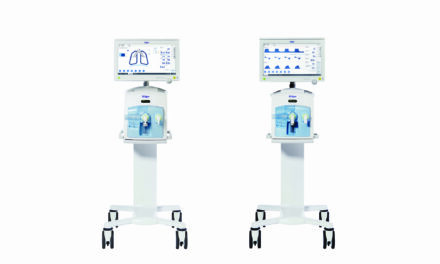PulManage Inc’s user centric software solution — developed specifically to address issues surrounding diagnosis and management of chronic lung disease — is now available for remote spirometry and respiratory monitoring.
The PulManage software uniquely connects and presents the signals from lung function data in conjunction with symptoms in real-time. This allows healthcare providers to monitor their patients between office visits and alleviates the burden of the patient calling the office to provide updates.
This multisided software includes a web portal for clinicians and a native mobile application paired with a bluetooth lung function device for patients. The system offers both remote physiologic monitoring (RPM) and remote therapeutic monitoring (RTM) capabilities for clinicians.
According to Dr. Charlie Strange, Chief Medical Officer, “Having this platform in the physician’s office is a way to let patients remotely monitor themselves while bringing in signals that providers can use to determine the right diagnosis and treat accordingly.” He continued his statement, “To do this in the patient’s home is an important way to bring technology into healthcare improvement.”
The COPD population is underserved both for diagnosis and monitoring. CEO and founder Amanda Clark, RRT says, “PulManage fills a tremendous need in the market that has been spotlighted during the pandemic.” The use of spirometry to correctly identify lung disease is critical to maintain quality of life, effectively manage, and reduce the overall burden of COPD.
The dual RPM and RTM functionality:
- Connects lung function data in conjunction with symptoms in real-time for a complete clinical assessment
- Builds value by confirming diagnosis
- Conducts intermittent monitoring
- Documents therapeutic change
- Inevitably leads to cost savings
The software platform is:
- Infinitely scalable
- Readily available
- No downtime
- Provides a precise user experience
Benefits include:
- Lowering overall cost to payers
- Generating revenue for the medical provider
- Increasing quality of life for the patient










